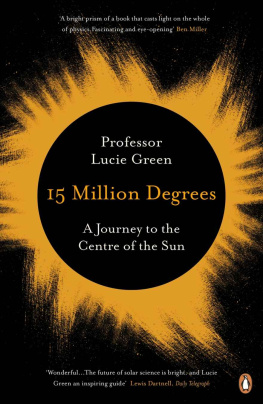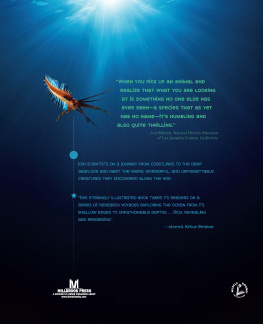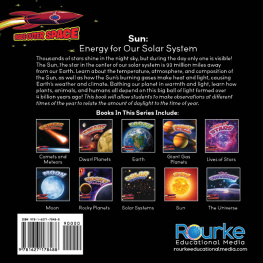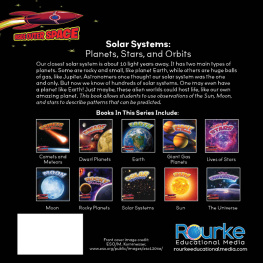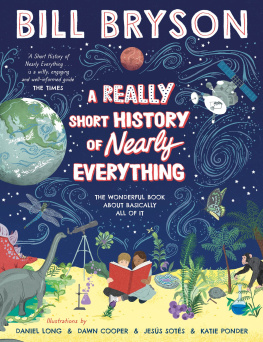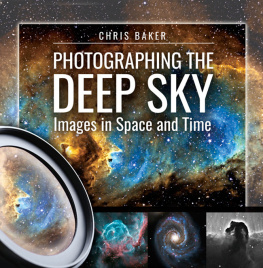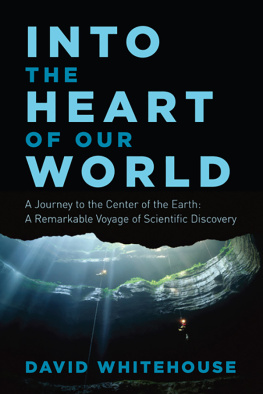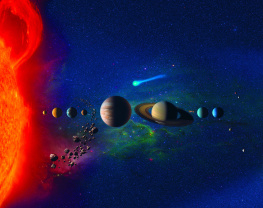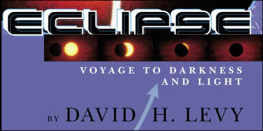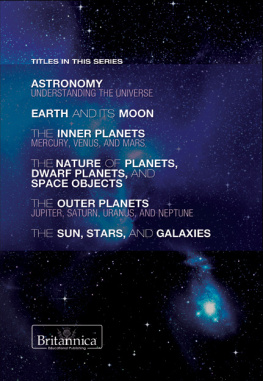Lucie Green
15 MILLION DEGREES
A Journey to the Centre of the Sun
Contents
For Valerie andAlan Green, my parents and role models
.
Introduction
This is a book about one star. Just one out of thehundreds of billions of stars that there are in our Galaxy, the Milky Way, which in turn is justone galaxy out of the hundreds of billions there are sprawled across the known Universe. Whenyou think about it, with numbers like these, what are the chances that our star should bespecial? Well, after having studied our Sun for almost twenty years, its clear to me thatit is very remarkable indeed. And I want to show you why.
At the heart of the Sun a gigantic nuclearfurnace provides a continual source of energy that we would love to be able to emulate here onEarth. The Sun does it naturally and will do it for around nine billion years in total. Thetemperature in its core is over 15 million degrees, and the material there is under immensepressure. Its in these extreme conditions that sunlight is created. I remember beingstartled to find out that sunlight, born as gamma radiation, takes 170,000 years to slowlytrickle to the Suns surface. There it emerges as visible light, finally pouring towardsthe Earth, where just over eight minutes later we are able to see it. But light isnt theonly thing the Sun sends our way. And this is where things get even more intriguing.
The Sun is often a violent star and produces themost powerful explosions and eruptions in the Solar System. In this book I want to reveal to youall the sides of the Suns character, from the serene but spotty surface we can see whenwe look at the Sun in visible light, to the explosive and unpredictable atmosphere that needs tobe viewed through ultraviolet radiation, X-rays andgamma rays. Both the explosions and the eruptions are beautiful to watch, but, given that we are150 million kilometres from the Sun, it is a challenge for us to see and understand them for that, we had to go into space.
The story of some of the early space pioneers istold in this book. Well discover that the opportunity they had to put telescopes in spacewas given by redundant Second World War technology, beginning in the US in the 1940s and in theUK the decade after.
The first images of the Sun from space were takenwith simple pinhole cameras. Today, the space kit we have at our fingertips includesNASAs Solar Dynamics Observatory. Telescopes on this satellite take ten highly detailedimages of the Suns atmosphere every twelve seconds. And thats just the data beinggathered by one of the three instrument suites on board the satellite. This phenomenalspacecraft adds another 1.5 terabytes of data to our archives every single day. More data isgenerated in one week, and for one star, than the Hubble Space Telescope generates in a year forthe rest of the Universe.
The space age gave us the luxury of being able toview the Sun at any wavelength in the electromagnetic spectrum and at any time, and the viewabove the Earths atmosphere has been stunning. But it comes at a price. Launching 1kilogram (equivalent to one bag of sugar) into space costs over 10,000 giving thelargest space observatories almost a billion-pound price tag. I have worked with the SOHOsatellite, which was launched in 1995 and came in at a cost of 700 million. The SolarDynamics Observatory satellite, launched in 2010, cost 550 million. But this is money thatis both spent well and spent right here on Earth employing highly skilled designers andengineers across academia and industry. Our studies of the Sun are important for science buttheyre also important for the space sector as a whole. In the UK this industry has anannual turnover of over 10 billion and directlyemploys over 34,000 people. Globally, the space economy is worth over 200 billion.
My career in science has been dominated by thespace age and I want to show you just how important this period has been in transforming ourunderstanding of the Sun. It has literally expanded our horizons and even shown that theatmosphere of the Sun reaches out to a staggering 18 billion kilometres beyond us thats 121 times further out than the Earths orbit. We are living in theSuns atmosphere! And as this atmosphere changes because of the Suns explosiveside, stormy space weather is felt on Earth. Well discover how thisproduces a threat to modern society through its impact on our electricity distribution,satellite technology and communications. But dont worry: predicting space weather iscommon now and we always keep a watchful eye on the Sun for our own safety and for the sake ofthe space economy.
Throughout the pages of this book well seejust how much lies behind a seemingly straightforward desire to understand the Sun wehave quite a journey ahead! Well cover thousands of years of naked-eye observations (donot try this yourself though), hundreds of years of telescopic observations (visit a specialistsupplier) and decades of observations from space (images freely available on the internet).Well see how understanding the Sun needs the application of atomic physics,thermodynamics, electricity, magnetism, gravity and light. Well learn how energy istransported and changed into different forms and how this discovery was made by a shipsdoctor. Well find out that the discovery of the Suns magnetic field needed anincredible synthesis of science and engineering, but that the payoff was the birth of solarphysics.
Youll probably end up thinking that I amcompletely obsessed by the Sun. And youd be right. I would say that our Sun is the mostimportant star there has ever been or ever will be, since it is the star that gave the energyrequired for life on Earth to emerge and thrive. As Iam writing, we are searching for life elsewhere in the Universe, both within our Solar Systemand beyond. We are scanning the skies for radio signals from advanced civilizations, sending outour own messages and combing the surface of Mars for microbes. And we plan to expand thelocations where we are looking for life to include the moons of planets too. But, as of 2015,life on Earth, orbiting around our Sun, is all we know.
I have let other stars feature in the pagesthough. Their stories help us realize the full potential of the Sun in terms of the power itmight one day unleash. But well also see that the Sun has been a stepping-stone tounderstanding other stars across the Universe. The extraordinary detail that we can see hasprovided a wealth of information. All other stars are so distant that they are seen as specks oflight (apart from rare exceptions such as Betelgeuse). So it was by studying the Sun that wewere able to understand that, in their most basic sense, stars are spheres of plasma that shinebecause of nuclear processes happening in their cores. They sound elegantly simple. And in 1926this sentiment was put down on paper when a British mathematician, physicist and astronomer, SirArthur Eddington, wrote: it is reasonable to hope that in a not too distant future weshall be competent to understand so simple a thing as a star.
Eddington passed away in 1944 at the age ofsixty-three, just a few years before the start of the space age. He knew nothing of theSuns million-degree atmosphere, or that we can probe the interior of the Sun using soundwaves that are trapped inside it and reveal themselves by creating patches of rising and fallinggas at the solar surface. If Eddington were alive today there is no question that the level andcomplexity of our understanding would impress him. In this book you will see just how far wehave come in our quest to comprehend what he inspiringly described as something as simple as astar.

